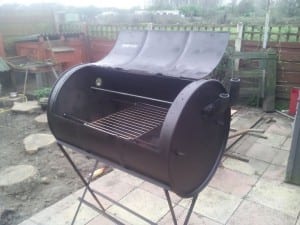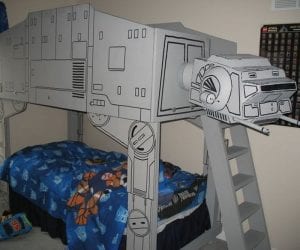Last Updated on September 2, 2024 by teamobn
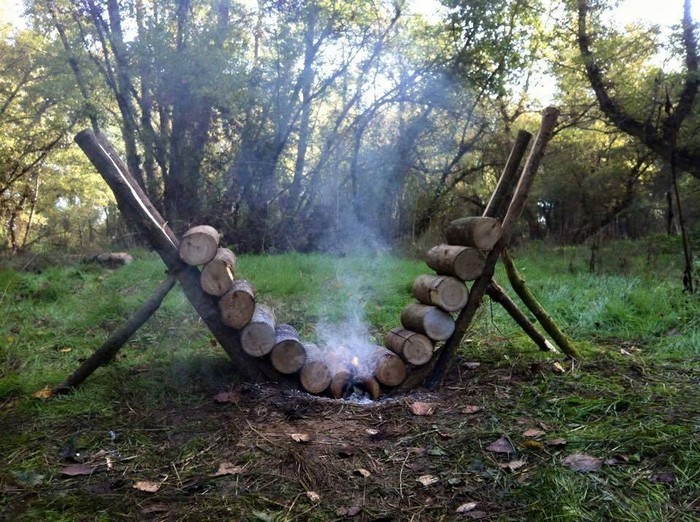
Camping is a great way to take a break and escape from the usual business of life. Whether it’s for a weekend or a week, the respite allows you to recharge despite roughing it out with mother nature.
Camping can be a great way to get back to nature and appreciate the simple things in life.
Being in nature can help reduce stress, anxiety and fatigue, and spending time with family and friends can create lasting memories. There are many different ways to camp, from pitching a tent in the wilderness to renting a cabin in a state or national park. No matter how you do it, camping is a great way to relax and rejuvenate. It also provides lots of fun activities that will keep you entertained throughout your getaway…
But as much as we love camping, there are also some things about it that we don’t quite enjoy. For example, packing up all of our gear and lugging it around can be quite a hassle, and setting up camp can be time-consuming.
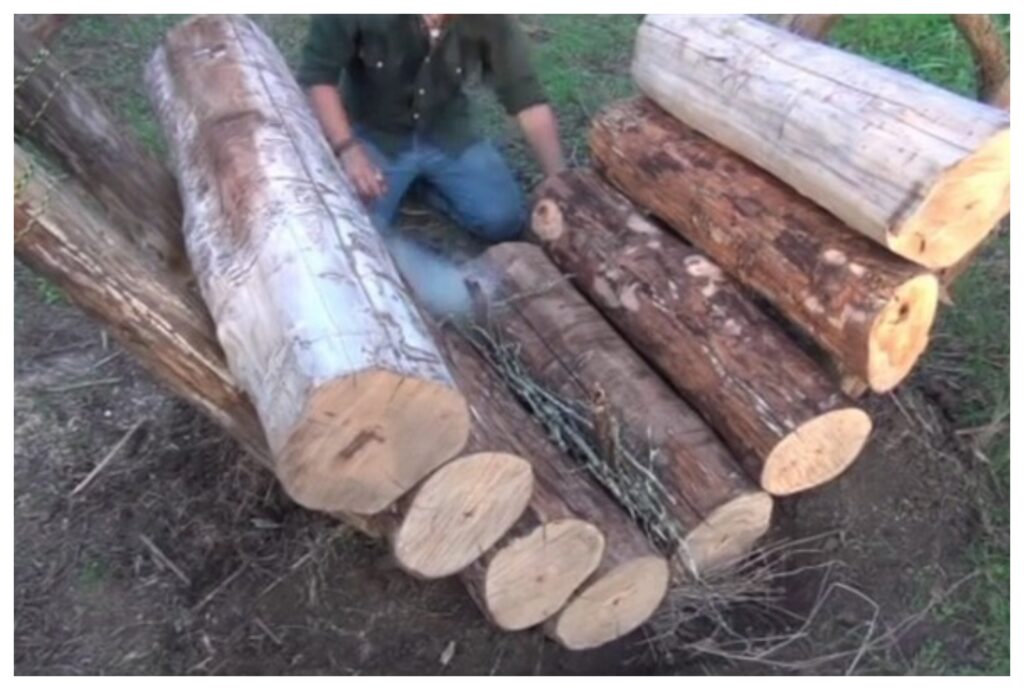
Plus, there are always the inevitable mosquitoes and other insects to deal with. But in spite of all of these minor inconveniences, we still enjoy camping because of the memories we made with family.
Sure, memories are made when family and friends gather around the campfire, but building that fire can be a hassle. If you’re not careful, you can spend more time gathering wood and building the fire than you do relax and enjoying the company.
When the temperatures drop at night, it can be a real challenge to keep your fire going. If you’re not careful, you may find yourself stoking the flames and trying to keep the fire going all night long. By taking some simple precautions, however, you can help ensure that your fire stays lit and keeps you warm throughout the night.
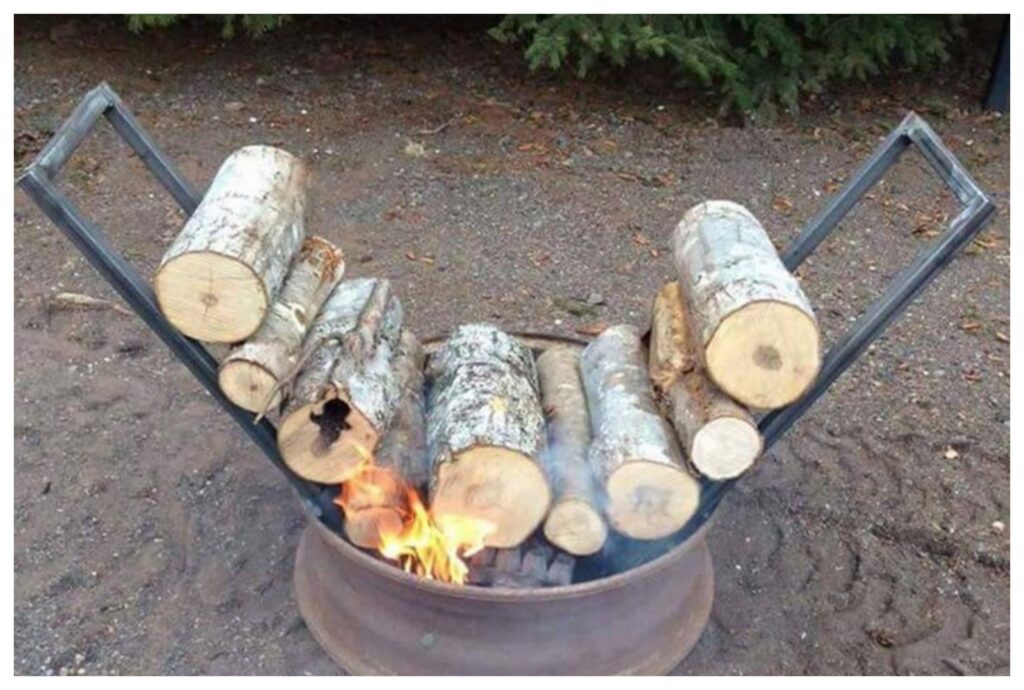
The good news is that there’s a self-feeding campfire you can build that can help! This type of fire can burn for around 14 hours, giving you plenty of time to sleep through the night. Plus, it’s a great way to keep warm and cozy in your tent. So if you’re looking for a hassle-free way to keep your campfire going, this is a great option to consider.
This self-feeding campfire takes a little longer to build than other campfires, but it’s still easy to do! It’s a nice technique to know and one that could really come in handy especially when you’re going to be in the woods for a longer time!
When building a self-feeding campfire, there are certain aspects you need to consider to make it successful. The right frame angle and airflow are important factors to consider. If the frame is too steep, the fire will not be able to catch. If the airflow is not adequate, the fire will smoulder and produce a lot of smoke.
Building a self-feeding fire is a great way to keep your fire going all night long. In this video tutorial, we’ll show you how to build a self-feeding fire that will keep your fire going all night long. To learn all these things about building a self-feeding fire, watch the video tutorial below. 
Contents [show]
Building a Self-Feeding Campire
Materials
- Logs
- Tree Branches
- Kindling
- Match or a Lighter
Tools
- Trowel (or something similar to dig the ground)
- Axe
Instructions
Step 1: Choose the Right Location
- Select a flat, open area away from overhanging branches or dense brush. Make sure the location is clear of any debris that could catch fire. Check for any local regulations or restrictions on open fires in your camping area.
Step 2: Prepare the Ground
- Use the trowel to clear a circular area of about 3 to 4 feet in diameter. Dig a shallow pit in the center of this area. This pit will help contain the fire and reduce its exposure to wind.
Step 3: Arrange Your Logs
- Start by placing two larger logs parallel to each other in the pit, about a foot apart. These logs will serve as the base of your self-feeding campfire. The length and diameter of the logs should be consistent to maintain balance.
Step 4: Build the Frame
- Place additional logs over the first two, stacking them at a slight angle (about 30 degrees) leaning inward. This angled stack will help the logs feed themselves into the fire as the lower logs burn down. Use the axe to make any necessary adjustments to the log sizes for a stable structure.
Step 5: Add Kindling and Tree Branches
- Inside the log structure, add a generous amount of kindling—small twigs and branches that will catch fire easily. Intersperse smaller tree branches within the kindling to help the fire spread evenly and catch the larger logs.
Step 6: Light the Fire
- Using matches or a lighter, ignite the kindling at several points to ensure an even burn. The fire should start small and grow as the kindling catches and begins to burn the smaller branches, eventually igniting the larger logs.
Step 7: Monitor and Maintain
- Keep an eye on your fire as it begins to burn. Initially, you may need to adjust the logs slightly to ensure they are feeding into the fire properly. Avoid adding too much wood too quickly; let the fire grow steadily.
Step 8: Enjoy Responsibly
- Always keep water or a fire extinguisher nearby in case you need to extinguish the fire quickly. Never leave the campfire unattended, and make sure it is completely extinguished before leaving the site.
Click on any image to start the lightbox display. Use your Esc key to close the lightbox.![]()

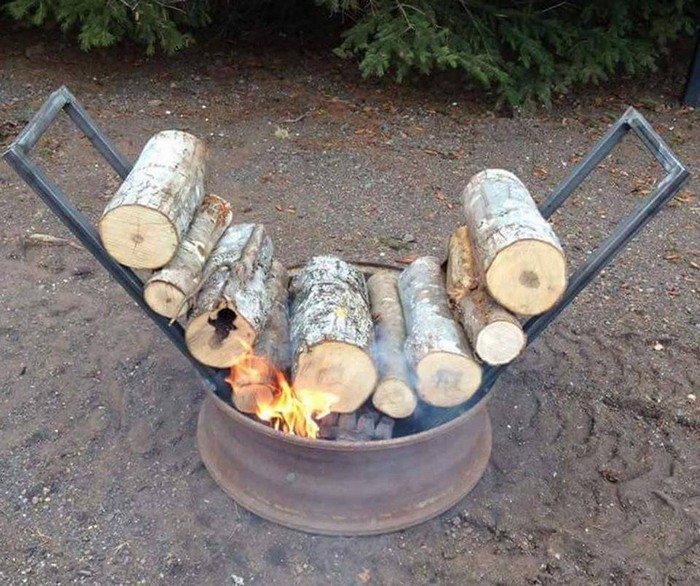
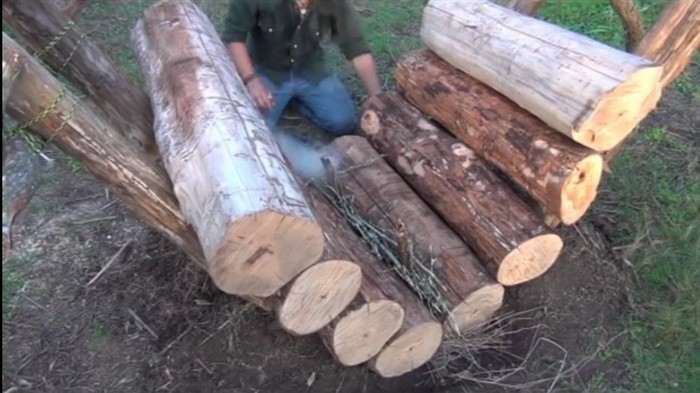
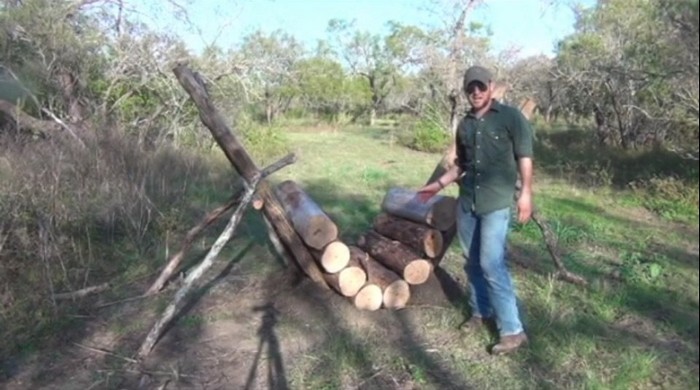
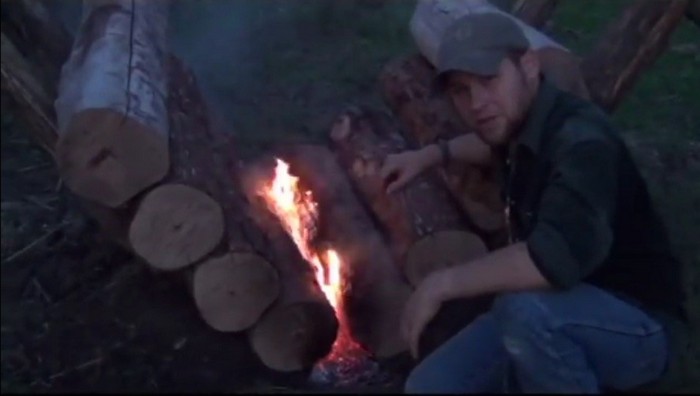
Thanks to Bob Hansler for this great project. You can watch the step-by-step tutorial here:
Benefits of Self-Feeding Campfires
For campers who wish to enjoy a consistent, long-lasting fire free from continuous maintenance, self-feeding campfires are a creative way to preserve a campfire with minimum effort. These kinds of campfires are especially helpful for longer outdoor visits when cooking over a fire and staying warm depend on it. Using a self-feeding campfire offers these several main advantages:
Consistent Heat Supply
Designed to burn for many hours without frequent intervention, a self-feeding campfire is This consistency in heat supply guarantees that campers may keep food cooking without regularly adding more wood or stay warm throughout the night.
Less Maintenance
Low maintenance of a self-feeding campfire is one of its most important benefits. The way the campfire is built lets it keep feeding itself from the stacked logs once it is set up and ablaze. This function allows campers more time to unwind, pursue other interests, or just enjoy the company of others free from interruption.
Safety
Furthermore safer than conventional campfires can be self-feeding campfires. There is less chance of sparks or embers starting accidental fires since they demand less handling and less adjustments once fired. Furthermore less likely is the possibility of an unexpected fire flare from a self-feeding campfire’s controlled burn.
Efficiency
Using self-feeding campfires maximizes fuel use since the consistent consumption of logs burns wood more effectively. This efficiency not only means using less resources but also leaves less unburnt wood and trash in the morning, so facilitating faster and easier clean-up.
Ideal for Cooking
Self-feeding campfires are great for cooking with the consistent heat output. Whether roasting marshmallows, preparing meals, or just boiling water, the constant temperature control helps to improve cooking conditions over fires that call for continuous tending and vary in heat output.
Both experienced and inexperienced campers will find that using a self-feeding campfire provides a combination of efficiency, safety, and convenience. These advantages make it obvious why a self-feeding campfire is becoming a preferred method for improving the camping trip.
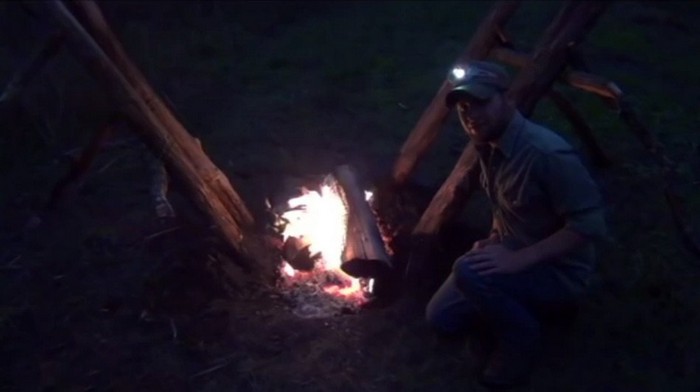
Safety Precautions and Best Practices
A self-feeding campfire will greatly improve your camping experience when you are enjoying the great outdoors by offering consistent heat with minimum effort. Like any fire, though, it needs to be controlled responsibly to guarantee environmental and campers’ safety. Here are basic safety tips and best strategies for properly controlling self-feeding campfires:
Choose a Safe Spot
Always arrange your self-feeding campfire on non-flammable surfaces or in a specially marked fire pit. Make sure it is far from flammable objects including tents, trees, and other materials. An open space free from above branches reduces the chance of unintentional fire starting.
Get the ground ready
Clear all trash from the ground, dry leaves and twigs that might catch fire before starting a self-feeding campfire. Create a containment pit to help stop the fire from unexpectedly spreading and help to control it.
Track wind conditions
Maintaining a self-feeding campfire requires constant awareness of the direction and strength of the wind. Strong winds run the danger of starting wildfires by spreading sparks and embers to nearby vegetation. Strong winds should cause one to think about postponing the fire until circumstances are safer.
Choose Appropriate Resources
Your self-feeding campfire should run from dry, seasoned wood only. Green or wet wood often smokes too much and can cause dangerous conditions by lowering visibility and aggravating respiratory systems.
Keep Firefighting Resources Ready
Always have nearby firefighting supplies including water, sand, or a fire extinguisher. Should the self-feeding campfire start to spread outside its intended range, you will be ready to act fast and deliberately.
Extinguish the Fire Completely.
Make sure the self-feeding campfire is completely extinguished before you head off from the campsite or retire for the evening. Douse it with water; stir the ashes; then, use more water. Continue until every item feels cool to the touch.
Know Local Policies.
Before beginning a self-feeding campfire, always review local fire laws. Particularly in dry or windy conditions, some areas have particular guidelines regarding when and where you may have a fire.
Following these safety tips and best practices guarantees that your use of a self-feeding campfire stays a safe and pleasant part of your camping experience, so preserving you and your surroundings.
Conclusion
A self-feeding campfire is a reliable and efficient choice for campers looking to enjoy a continuous, hassle-free fire. It offers the benefit of sustained warmth and reduced maintenance, allowing more time for relaxation and enjoyment in nature. Always prioritize safety and responsible practices to ensure a memorable and safe camping experience with a self-feeding campfire.
Make the most out of your campfire with a tripod to cook meals with. Build this campfire tripod with our guide!


